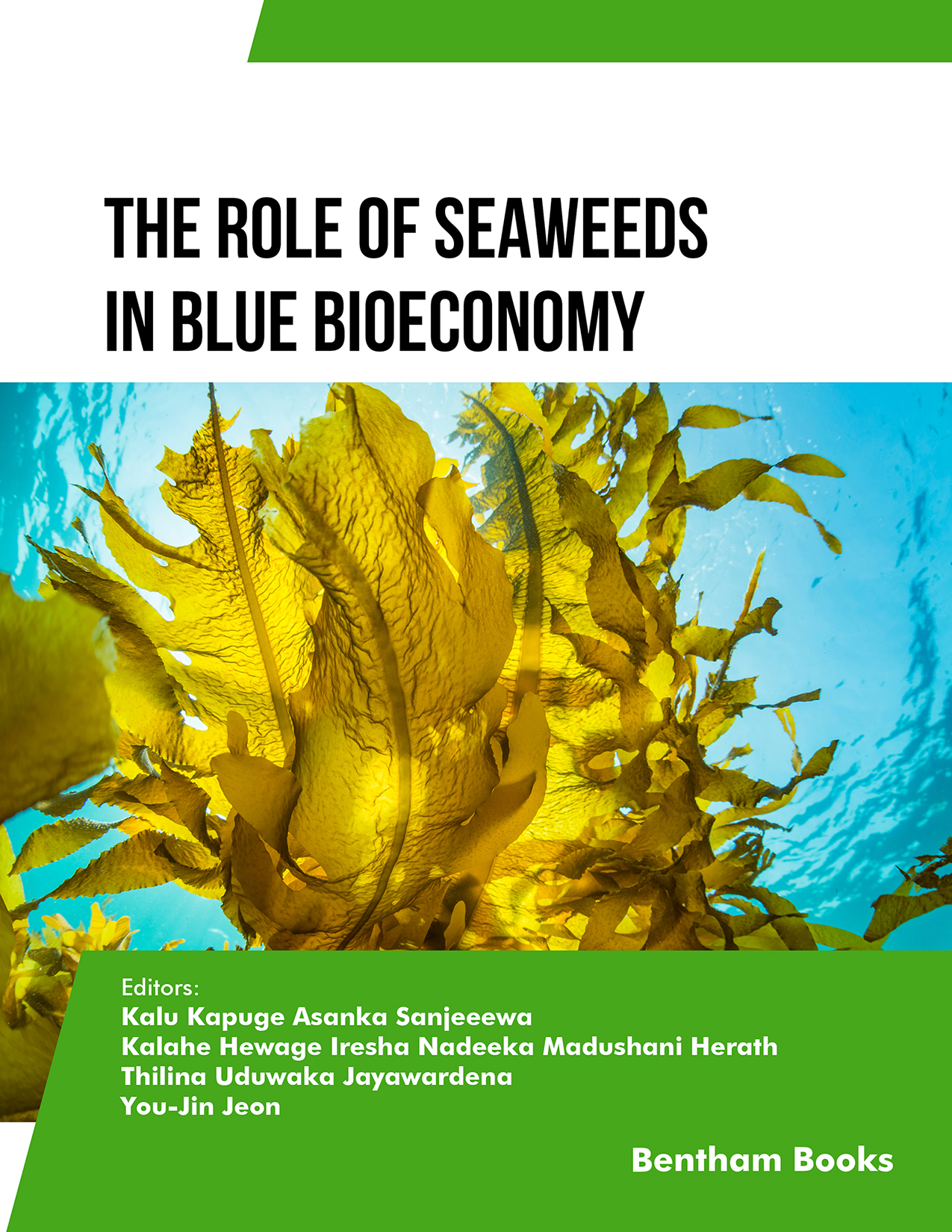With the ever-increasing global population, the demand for food and all other services is rising, while the availability of suitable land for agricultural and other essential human activities is decreasing. In this context, marine bioresources have recently gained much attention as a sustainable alternative to meet the increasing demand for land-based agricultural activities. Thus, the term 'blue bioeconomy' has come into play, and many businesses are starting to consider marine bioresources as a sustainable approach to fulfill the growing demand gap associated with the increasing population and depletion of non-biogenic resources such as fossil fuel. With the growing demand for blue bioeconomy-related activities, it is necessary to understand and use the limited resources responsibly in a sustainable manner to ensure the use of these precious resources for future generations without degradation. Specifically, we want to prioritize major and minor marine bioresources in order to fully utilize them and conserve them. Just commercializing these precious marine bioresources without knowing their availability, applications, and potential could lead to another disaster for future generations.
With this basic idea, the editors have summarized the potential marine bioresources that play a significant role in the blue bioeconomy. Among the listed marine bioresources, seaweeds stand out as one of the ideal options that can be utilized in various industries, including food, biomedical applications, cosmeceuticals, nutraceuticals, functional ingredients, animal feeds, and the biofertilizer industry. Given these key roles, seaweeds have a substantial impact on the blue bioeconomy and are significant for future generations.
In this book, we aim to assist individuals, including industrialists, policymakers, scientists, and students globally, in understanding and effectively communicating the role of seaweed in the blue bioeconomy. We introduce important applications of seaweeds, starting with an explanation of the blue bioeconomy. The book then proceeds to highlight the morphology and nutritional profiles of seaweeds, along with other potential marine organisms such as microalgae, marine fungi and bacteria, and marine higher plants. Subsequently, the book delves into detailed explanations of major biomedical applications, including anticancer, antidiabetic, cardiovascular protection, and antivirus effects. Continuing the exploration, the book delves into various functional properties of seaweeds, with a particular emphasis on their antiaging and cosmeceutical-related applications. Extensive discussions in most chapters unravel the intricacies of these properties. As the narrative unfolds, the final chapters meticulously dissect additional commercial applications of seaweeds, shedding light on their significance as essential components in animal feed and biofertilizers.
We, the editors and authors of this book, are delighted to recommend this enlightening journey, “The Role of Seaweeds in Blue Biotechnology”, to all interested parties, including industrialists, policymakers, scientists, and university students. This comprehensive exploration not only unveils the diverse applications of seaweeds but also serves as a valuable resource for understanding their pivotal role in shaping the future of blue biotechnology. We invite you to join us on this insightful expedition and discover the immense potential these marine wonders hold for various sectors and the for sustainable development of our blue planet.
Kalu Kapuge Asanka Sanjeeewa
Department of Biosystems Technology
Faculty of Technology
University of Sri Jayewardenepura
Nugegoda, Sri Lanka
Thilina Uduwaka Jayawardena
Department of Chemistry, Biochemistry and Physics
Université du Québec à Trois-Rivières
Trois-Rivières, QC
Canada
Kalahe Hewage Iresha Nadeeka Madushani Herath
Department of Bio systems Engineering
Faculty of Agriculture and Plantation Management
Wayamba University of Sri Lanka
Kuliyapitiya, Sri Lanka
&
You-Jin Jeon
Department of Marine Life Science
Jeju National University, Jeju, Korea

